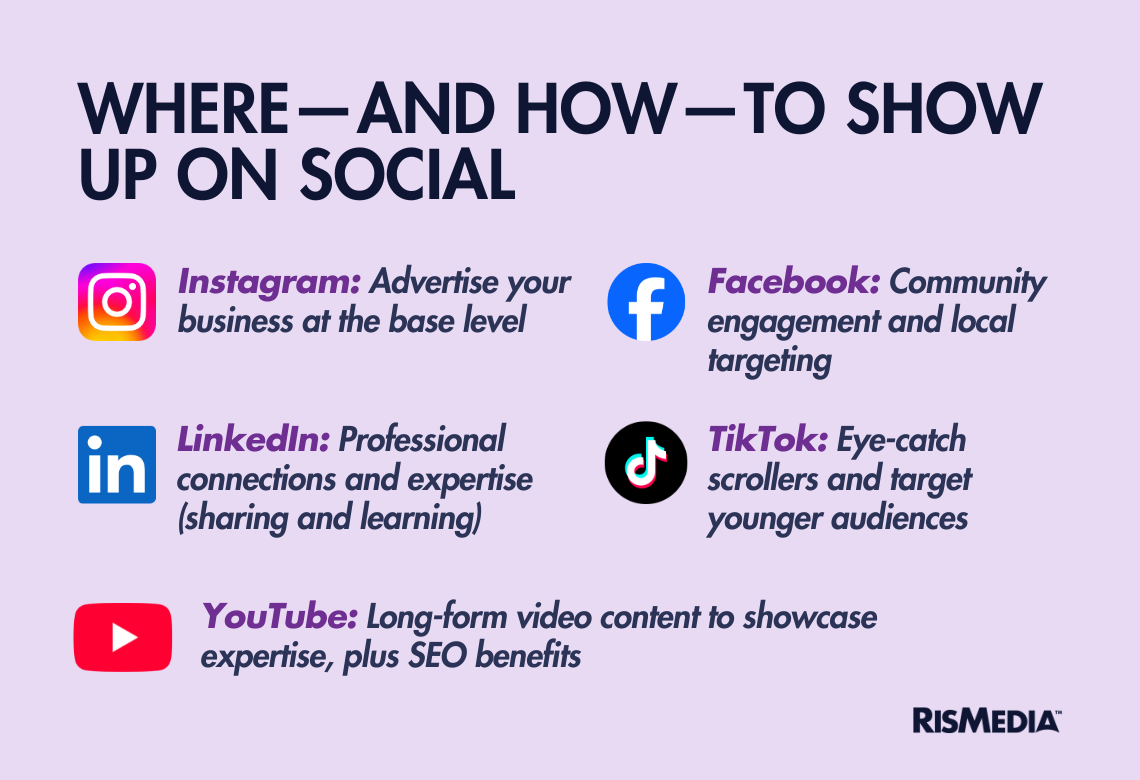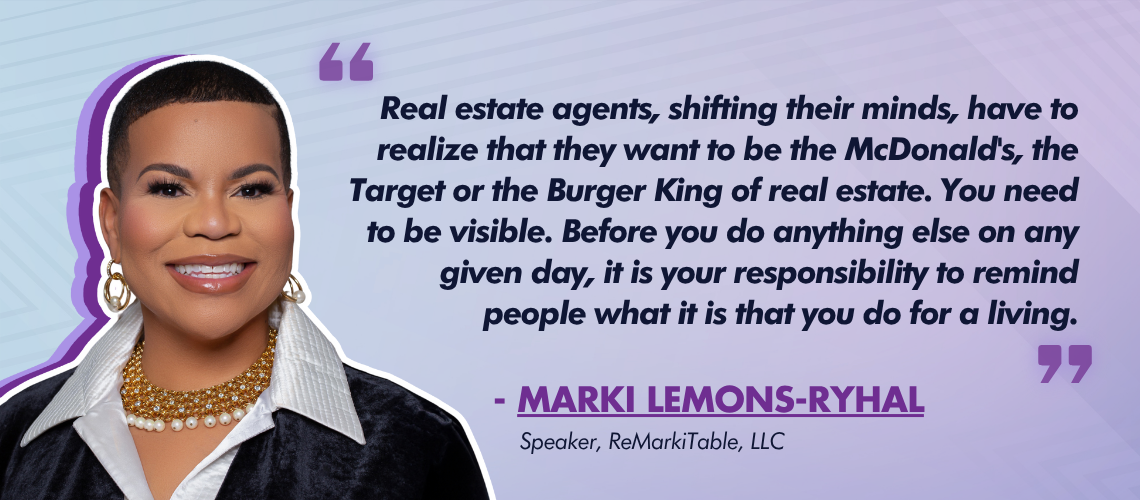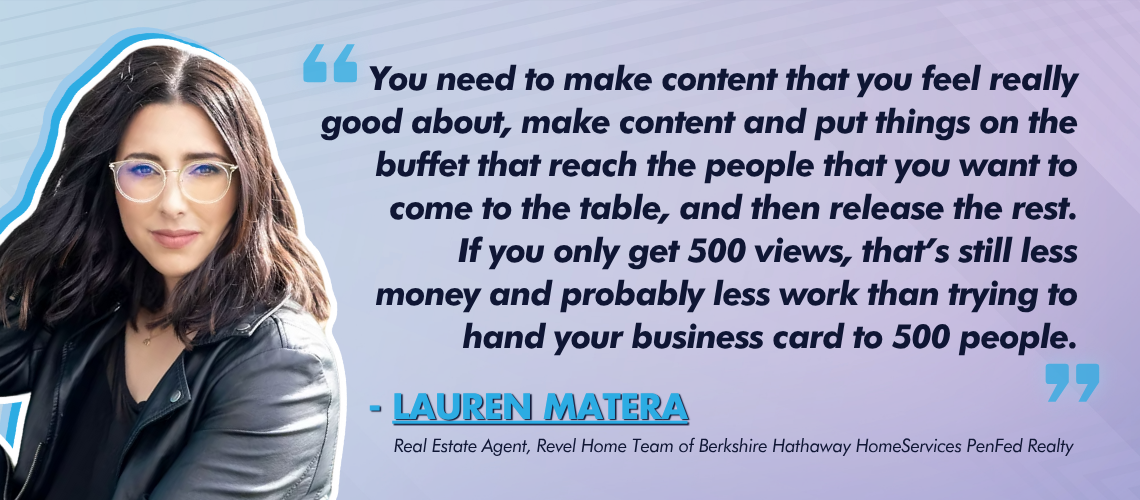While creating and posting content is key to staying on top of your social media game, the work doesn’t end once you’ve produced an attention-grabbing piece of content and successfully posted it across various social media platforms. In fact, you could probably say the work is just beginning, because once you’ve mastered content creation, it’s time to double down on another integral piece of the puzzle: strategy and analysis.
Beyond the actual content aspect of social media marketing, you have to build a strategy that clearly defines your goals and objectives—and what you’re going to do to achieve them. Other than simply understanding demographics and what type of content to post on which platform, you must have a clear idea as far as how to use each platform in order to prioritize your efforts, and how to measure your success and evolve as you go.
This can be a big shift mentality wise, especially since content is already an overwhelming factor.
Lemons-Ryhal points to two of her philosophies to help real estate professionals ensure they’re in the right mindset: “Secret agents don’t get found” and “closed mouths don’t get fed.”
“Real estate agents, in shifting their minds, have to realize that they want to be the McDonald’s, the Target or the Burger King of real estate,” she says. “You need to be visible. Before you do anything else on any given day, it is your responsibility to remind people what it is that you do for a living.”
Utilizing and prioritizing your platforms
As detailed in Section 1, every social media platform has a slightly different niche when it comes to marketing, which dictates the type of content best suited for each platform. That means each platform will also have a slightly different audience base you can target.
Beyond this, each and every social media platform has a different purpose, so to speak. Besides being online communities to connect—whether it’s Facebook, Instagram, TikTok or YouTube—each platform was created and built out to have a different function as far as marketing is concerned.
Here’s a quick breakdown of how some of the most widely used platforms today can function business-wise:

From this quick summary, you can see how each platform could connect to what your business does and what you need from marketing. This, coupled with the specific demographics you wish to target, will help you build a strategy. You’ll be able to target your content for each platform for maximum efficiency.
Lemons-Ryhal also points out that in analyzing the social media platforms on the market today, you may come across one or two (or more) that don’t connect with your specific strategy and needs. There’s also the added aspects of mastering each platform’s algorithm, which can be a confounding task, as well as your comfort level and time available. Creating content for every single platform can be a full-time job, so focus on the platform(s) that will help you achieve your goals.

“I do not encourage real estate agents to be on every platform. You’re never going to master all these platforms; it’s just not going to happen,” Lemons-Ryhal says. “I think that real estate agents should identify three to five platforms where their ideal target audience is spending the majority of their time.”
Lemons-Ryhal, who has been experimenting with different platform strategies throughout her own social media marketing journey, reveals that she herself doesn’t use X (formerly Twitter) or TikTok because they don’t fit her strategy.
Experimenting with specific aspects of different platforms is another way to finetune your strategy, adds Lemons-Ryhal, who recently took some time to experiment with LinkedIn’s newsletter feature in order to expand her subscriber base. “I’ve grown my newsletter by 1,839 subscribers,” she says. “Each week it grows.”
You also have to be visible on social media. Once you’ve prioritized your platforms and keyed in on your content strategy, you need to be actively posting on a consistent basis.
When you first start out on a social platform, Matera explains that you’ll be posting much more frequently than you usually would. This could range anywhere from posting once a day to two or three times a day—or more. After you begin seeing engagement, you’ll be able to scale back the frequency to what both fits your schedule and how often your audience interacts.
“If you compare it to opening a restaurant, the first couple months to the first year you have a new restaurant open, you’re pushing, you’re posting a lot, you’re talking about it a lot. Once you get regulars, and once everybody knows the food is good, you’re not pushing. You’re not flyer-ing the block anymore,” says Matera.
Breaking down metrics and how to track them
In order to determine how your social media marketing strategy must evovle—to know when you need to make shifts or changes, or when to double down—you need tools to measure your success. This is where metrics and analytics come into play.
Metrics are key to measuring whether your marketing strategy is working. First and foremost is engagement, which includes likes, comments, follows and shares. Then come reach and impressions, which tell you how far your posts were viewed outside of your direct follower base. Last, but not least, you have lead generation metrics, which are the clicks to your links or inquiries via contact info or DM (direct message). All three are essential to understanding your success. For example, if you have a wide reach but no engagement or lead gen, your content needs a shift…but your SEO and targeting are working. It works vice versa, too—lots of engagement and lead gen but no reach means you need better SEO and targeting.

For Lemons-Ryhal, the lead generation metrics—clicks and reach outs—are most important.
“It’s definitely how many people end up in my customer relationship management system, and then how many of those people actually close or buy something of value,” she says. “I’m not looking at the likes and the views. What I want to know is when I add a call to action and they click on a link. I want to know how many are opting in on my website.”
Matera agrees that the engagement isn’t as important as the business leads. While you should be seeking engagement, she emphasizes that “in 2025, we’re not getting follower fever,” because you’ll miss the important part of gaining clients and referrals.
“You need to make content that you feel really good about,” she says. “Make content and put things on the buffet that reach the people you want to come to the table, then release the rest. If you only get 500 views, that’s still less money and probably less work than trying to hand your business card to 500 people.”
In terms of tracking metrics, that’s where analytic tools come in. While there are basic analytic tools built into most social media platforms, there’s a wealth of additional tools across the market that can help you analyze your metrics more in-depth in order to adjust your strategy effectively. There are many options depending on the analytical tracking you seek, and the price you’re willing to pay, beginning with Sprout Social, Google Analytics, Rival IQ and HubSpot.



